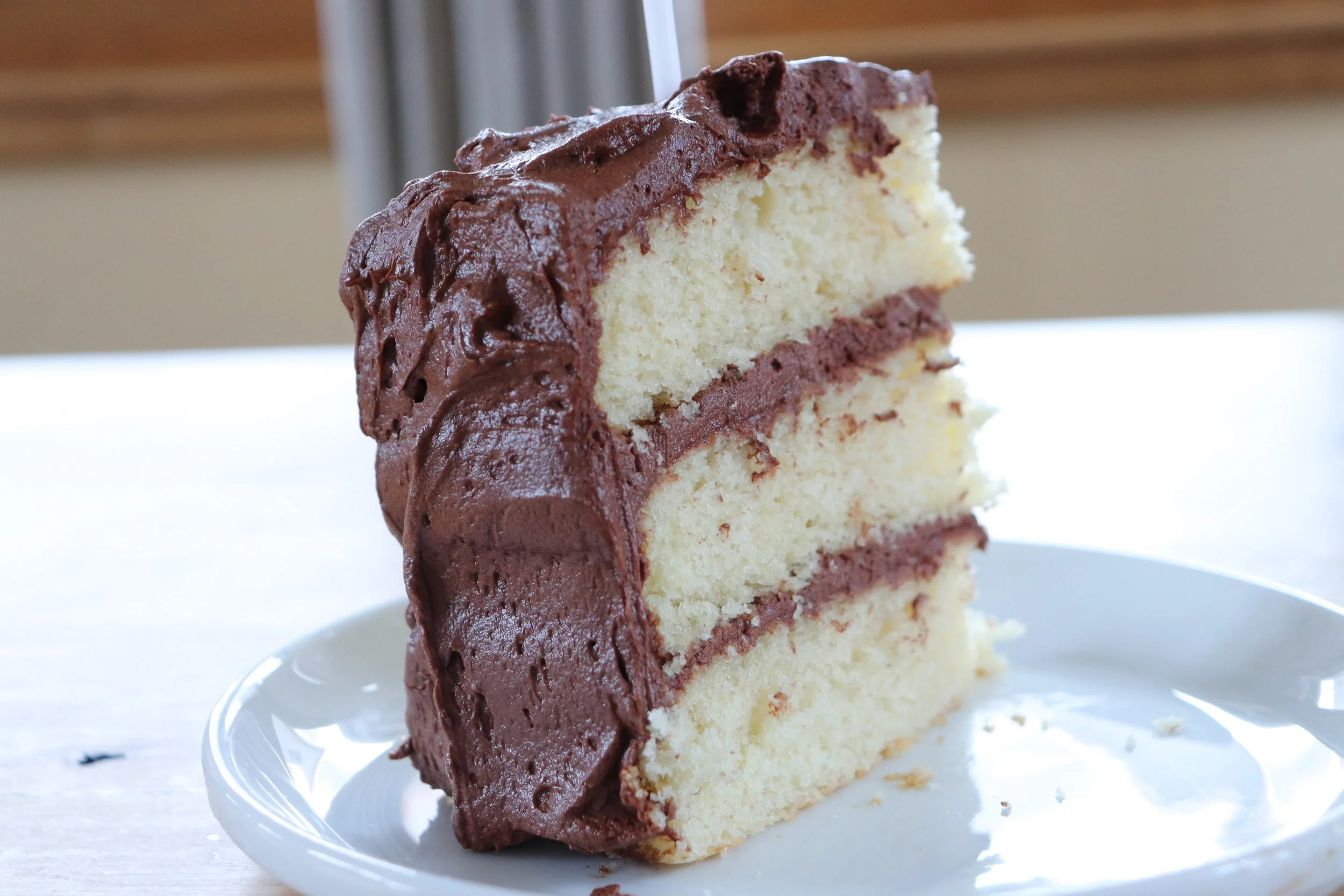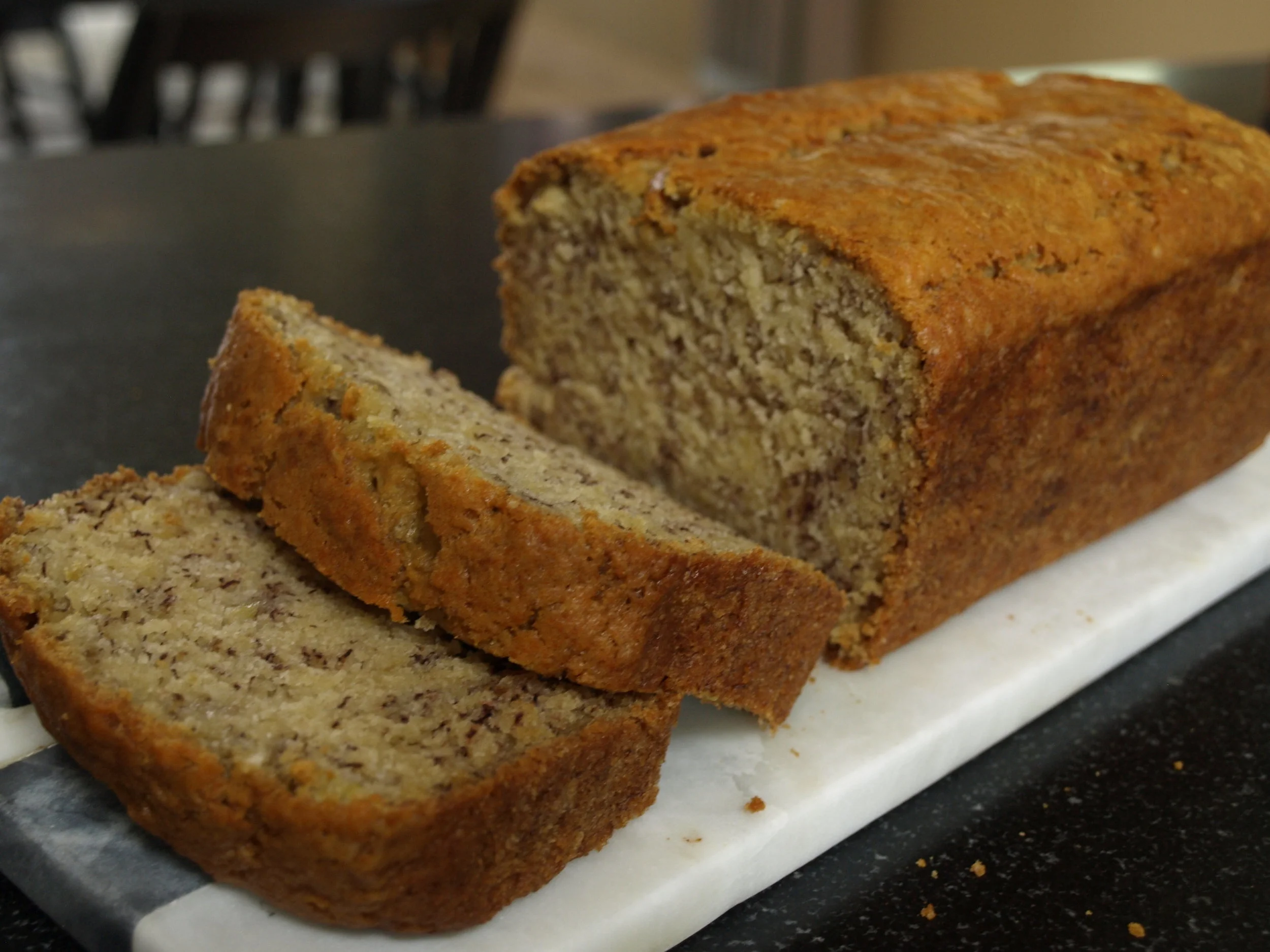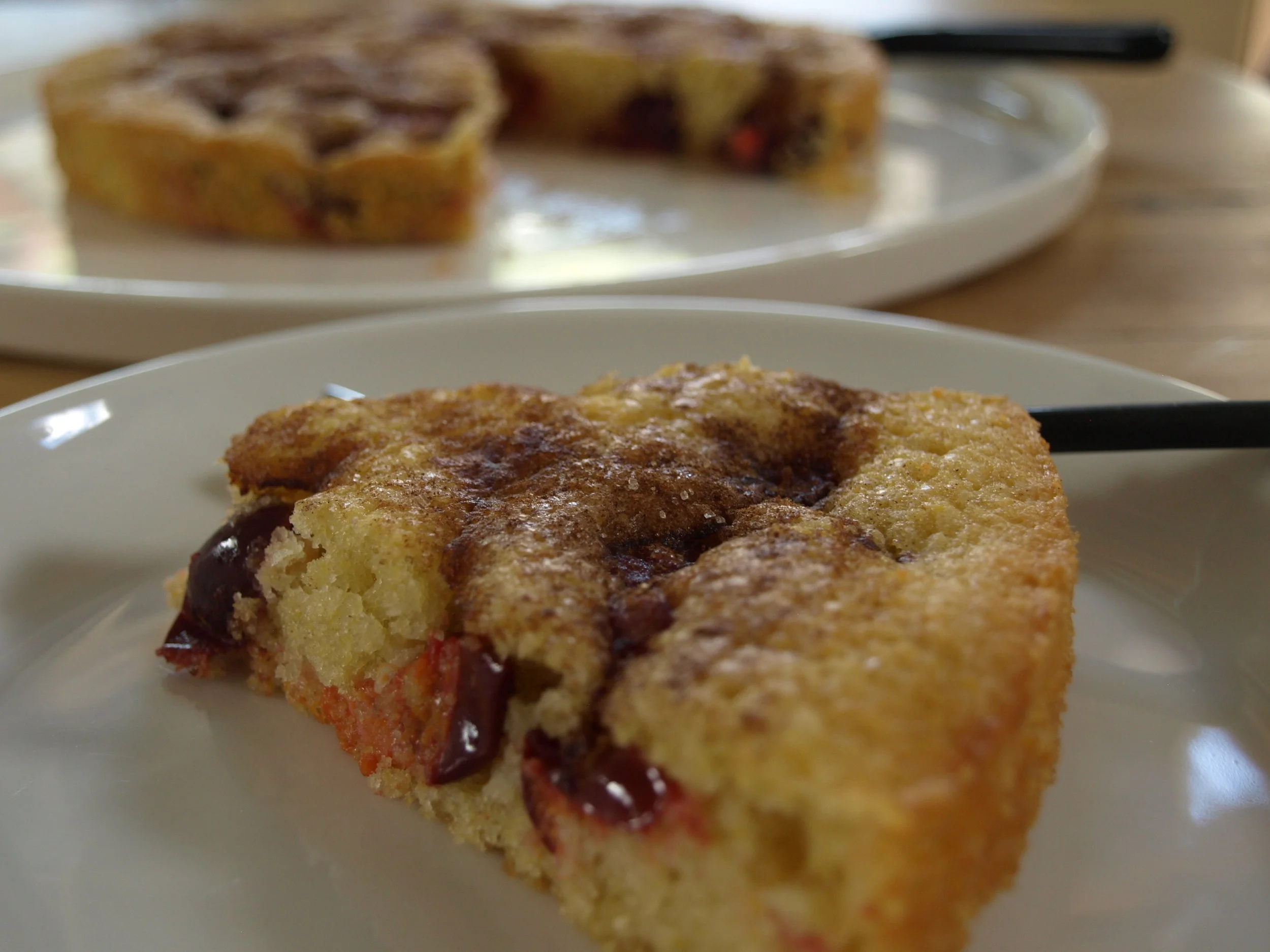Although I spend most of the year at sea level in Massachusetts, 2-3 months of my year are spent in a small Colorado town, the elevation of which is 8,750ft. My first experience with high altitude baking was a birthday cake for one of my sons. Oblivious as I was to the effects of altitude, it was a baking flop. It ended up looking more like a science experiment than a baking project; shaped like a volcano, the batter never baked through so it just bubbled up, overflowed, and dripped all over the oven floor. It was not only too sweet, but criminally undercooked. Extensive online research proved to be helpful, but even more helpful was experimentation. I'm proud to say that I've finally come up with some recipes that not only work at altitude, but are absolutely delicious. If you're reading this, you probably live at a high altitude, so you know as well as I do that altitude-altered recipes include: 1) less sugar (baked goods taste sweeter up there because of the increased evaporation), 2) less leavening (thinner air makes the leavening react more strongly), and 3) more liquid (the drier climate increases the evaporation which makes a drier baked good).
Keep in mind that my recipes have only been tested at 8,750ft, so if you live at a higher altitude (I can't even imagine) or more likely at a lower altitude, you might need to make some additional adjustments. It all depends on the extent of the altitude difference. I have altered every one of these recipes significantly before being sufficiently satisfied to post them here. Like hiking up a mountain, the journey is enjoyable, but it requires a lot of work to reach my destination. So bear with me as I slowly but surely fill out my repertoire of high altitude recipes.














